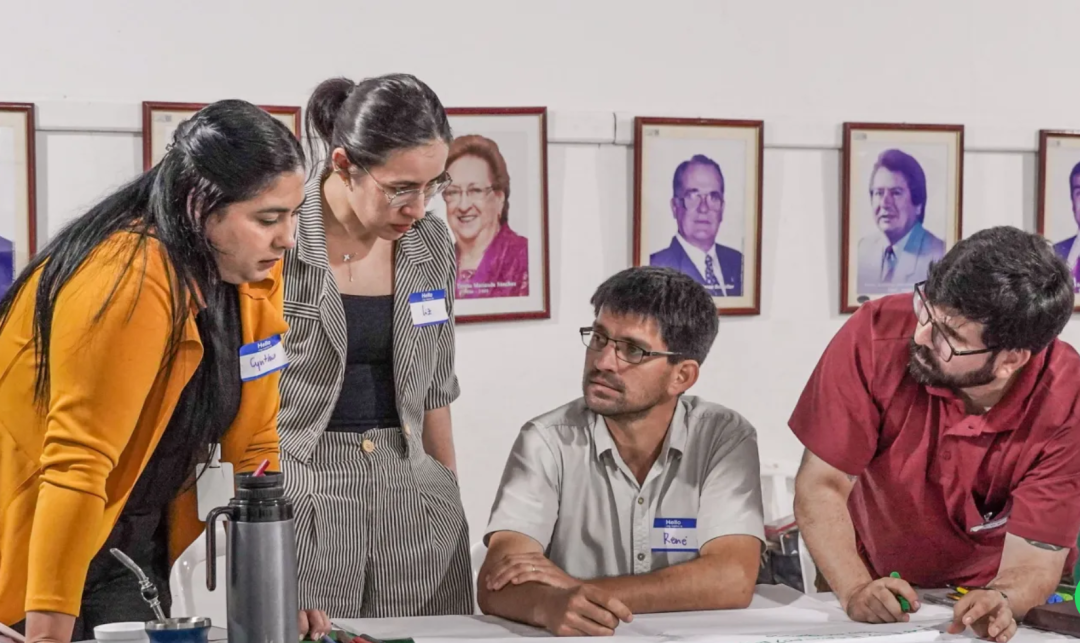Disclaimer:
Please be aware that the content herein is comprised of personal reflections, observations, and insights from our contributors. It is not necessarily exhaustive or authoritative, but rather reflects individual perspectives. While we aim for accuracy, we cannot guarantee the completeness or up-to-date nature of the content.
What is it? Sustainable Public Procurement (SPP) aims to integrate environmental, social, and economic criteria into public procurement processes to promote responsible consumption and production patterns. This approach not only fosters environmental sustainability but also strengthens inclusive economic development and social cohesion. Who promotes it? The initiative is led by Paraguay’s National Directorate of Public Procurement (DNCP), with support from strategic partners such as UNDP and the Organization of American States (OAS). What does it involve? This is a capacity-building process that includes training, regulatory strengthening, and practical tools, piloted in the district of Encarnación. It features: Continuous training for public officials on integrating sustainability criteria in procurement Development of guidelines and standards for implementing SPP Introduction of the Sustainable Suppliers Self-Assessment Tool (HAPS) to evaluate and improve business sustainability What does it achieve? Greater transparency and efficiency in public procurement Promotion of good practices in the private sector Reduction of the environmental impact of goods and services acquired by the State Development Stage: In development, with significant progress in training, regulatory framework, and stakeholder awareness. Origin and Actors Origin of the solution: This process arises in response to Paraguay’s international commitments and as a result of initiatives led by DNCP and international organizations. Driving actors: A collaboration between the public sector, international organizations (UNDP, OAS), and specialized networks (CIPS). Leave No One Behind Socioeconomic base of promoting actors (approx. quintiles 1 to 5): Promoting actors have a diverse socioeconomic base, including small and medium-sized enterprises primarily linked to quintiles 2 to 4. Gender perspective: The solution promotes a medium level of women’s involvement in its development, leadership, and benefits, with a gradual approach toward achieving gender equality in SPP. Lessons Learned Comprehensive training is key to ensuring the effective application of sustainability criteria in the public sector Inter-institutional collaboration improves the reach and effectiveness of the process Local adaptation of tools like HAPS ensures they are relevant and accessible to local actors
 Consent to share form or official link.
Consent to share form or official link.

 5Gender equality
5Gender equality 8Decent work and economic growth
8Decent work and economic growth 12Responsible consumption and production
12Responsible consumption and production
Comments
Log in to add a comment or reply.